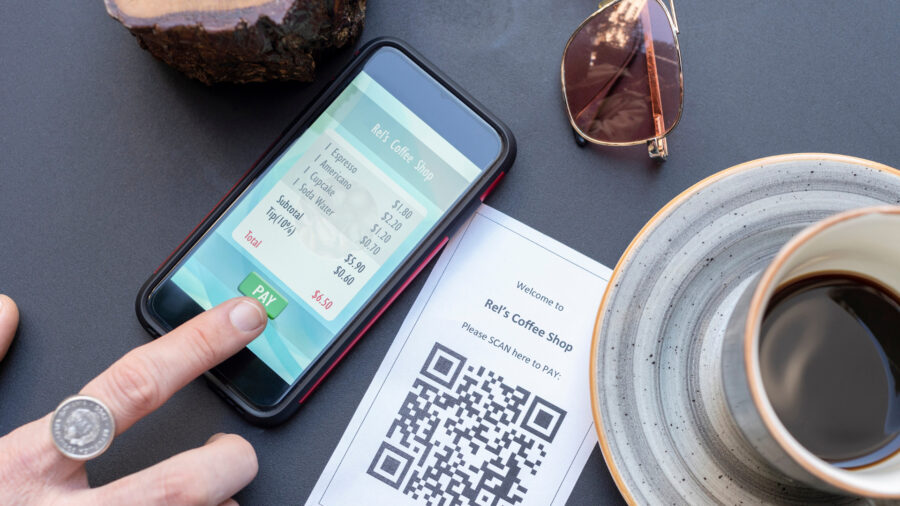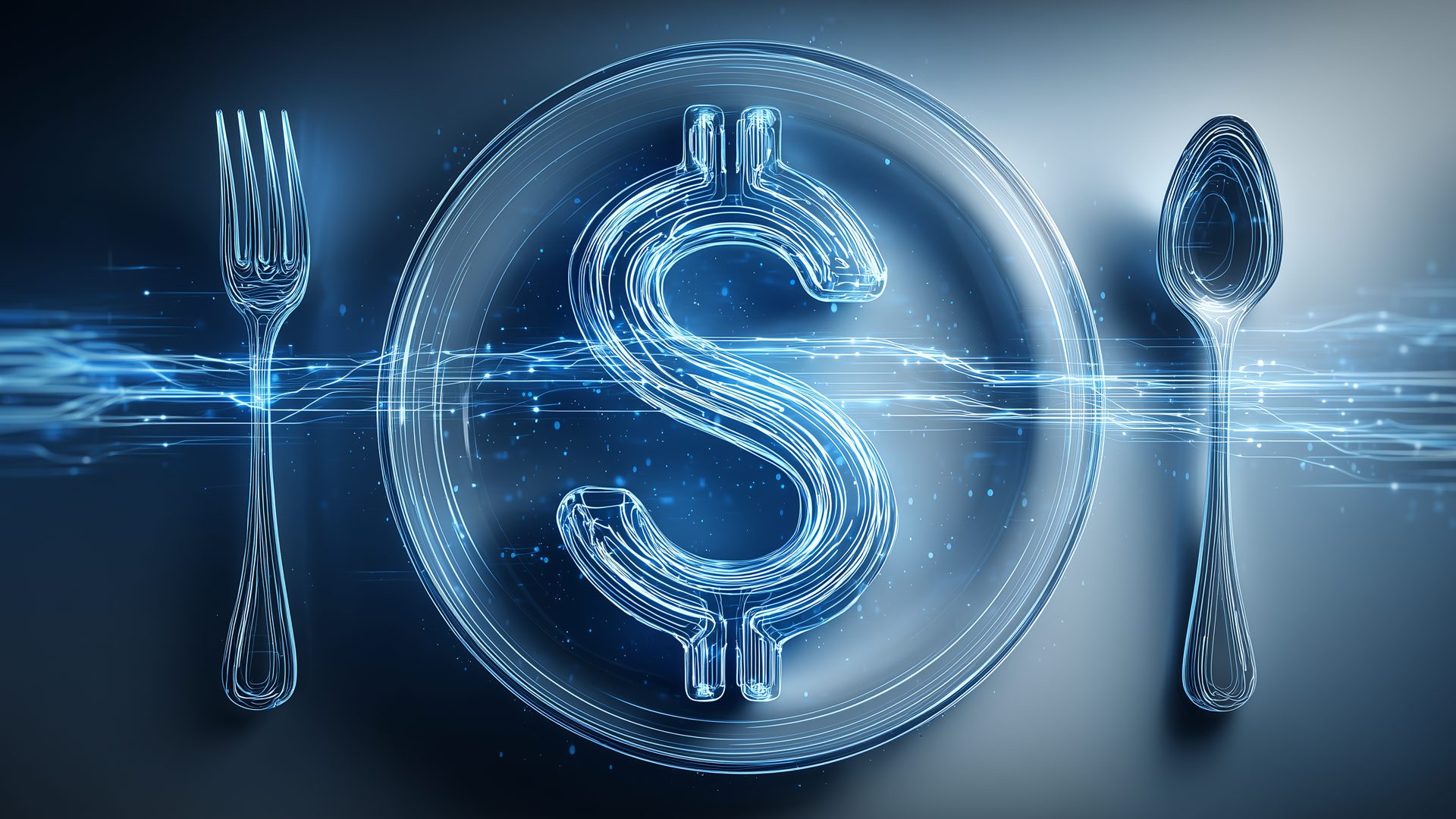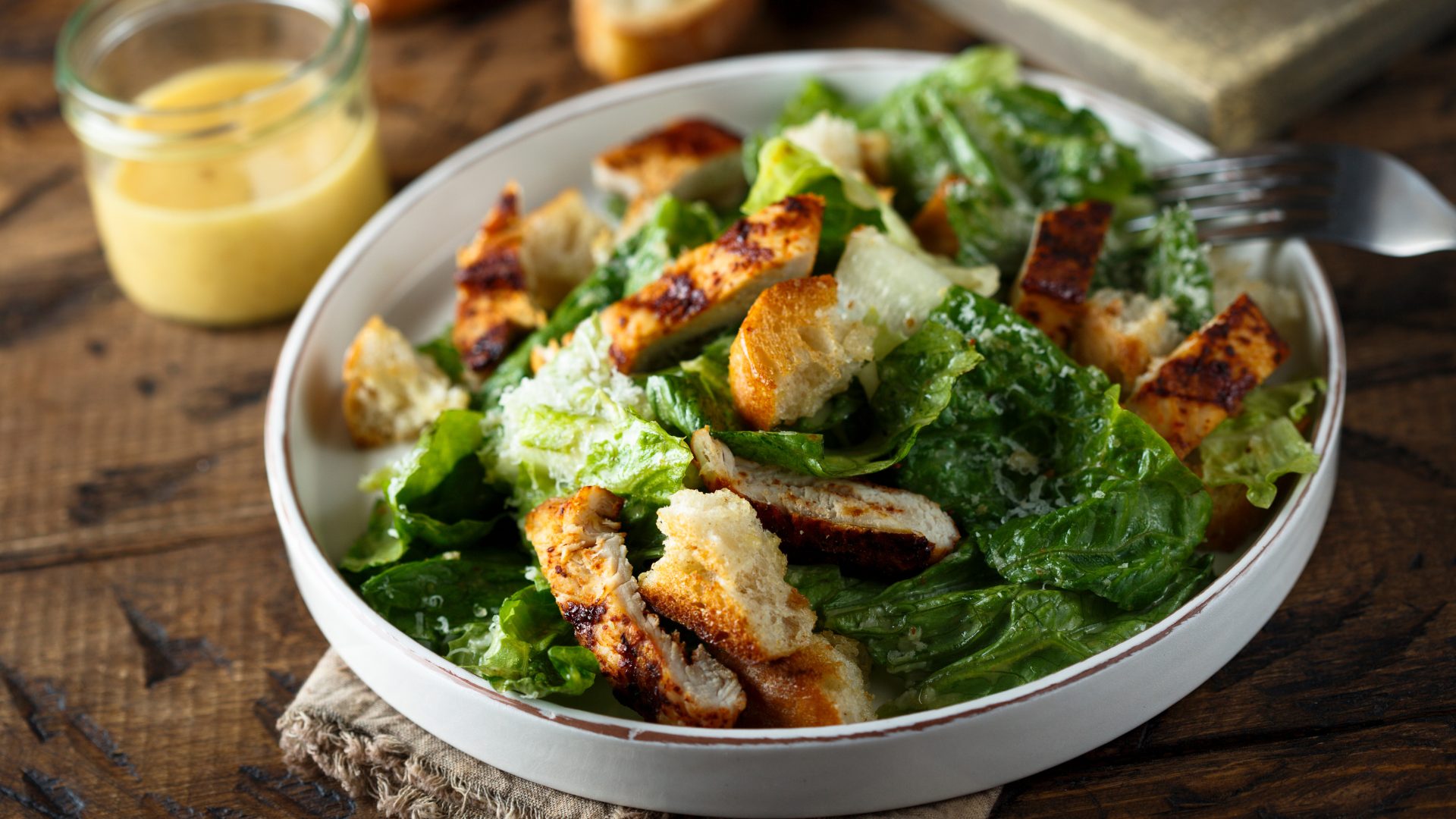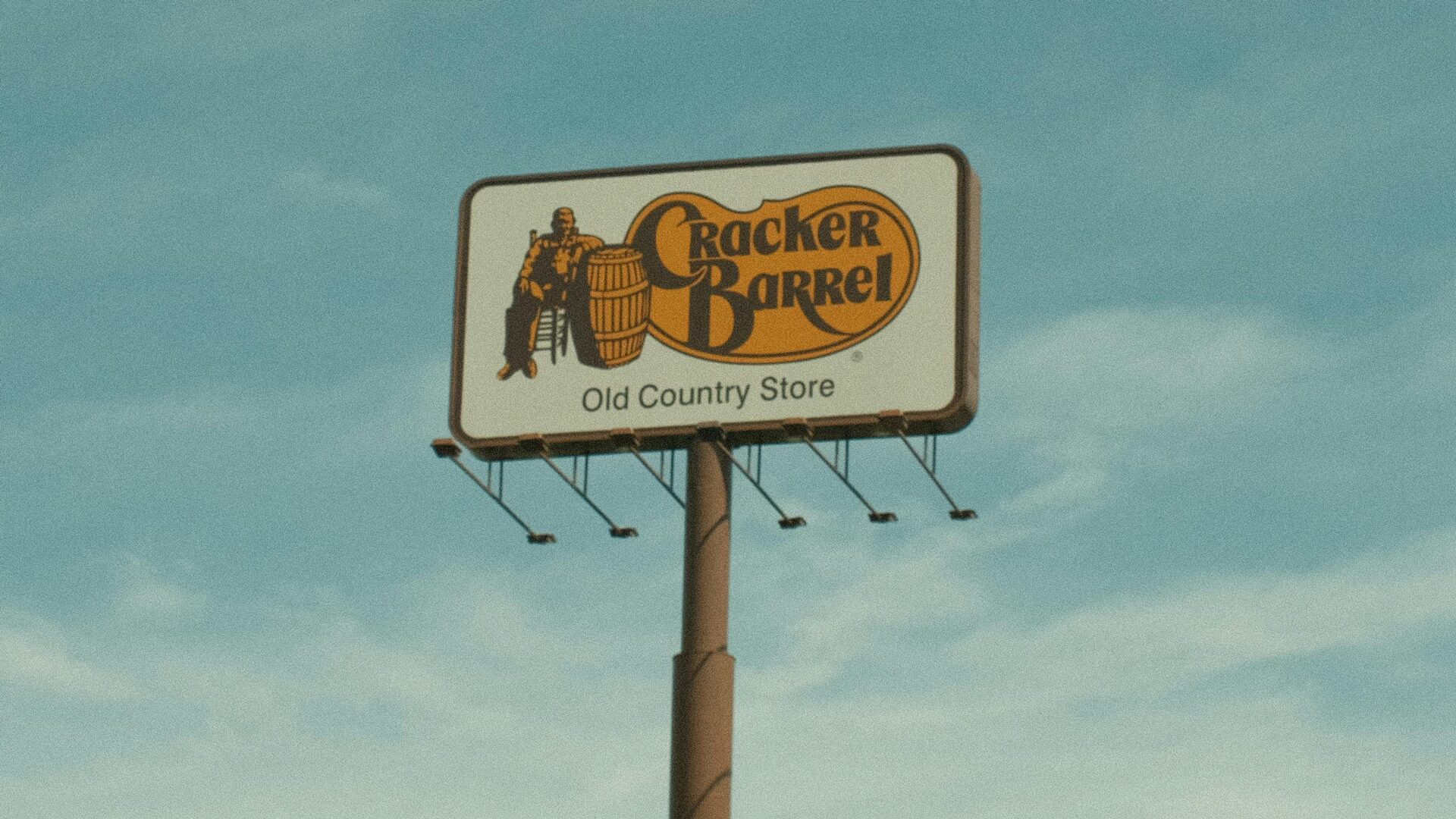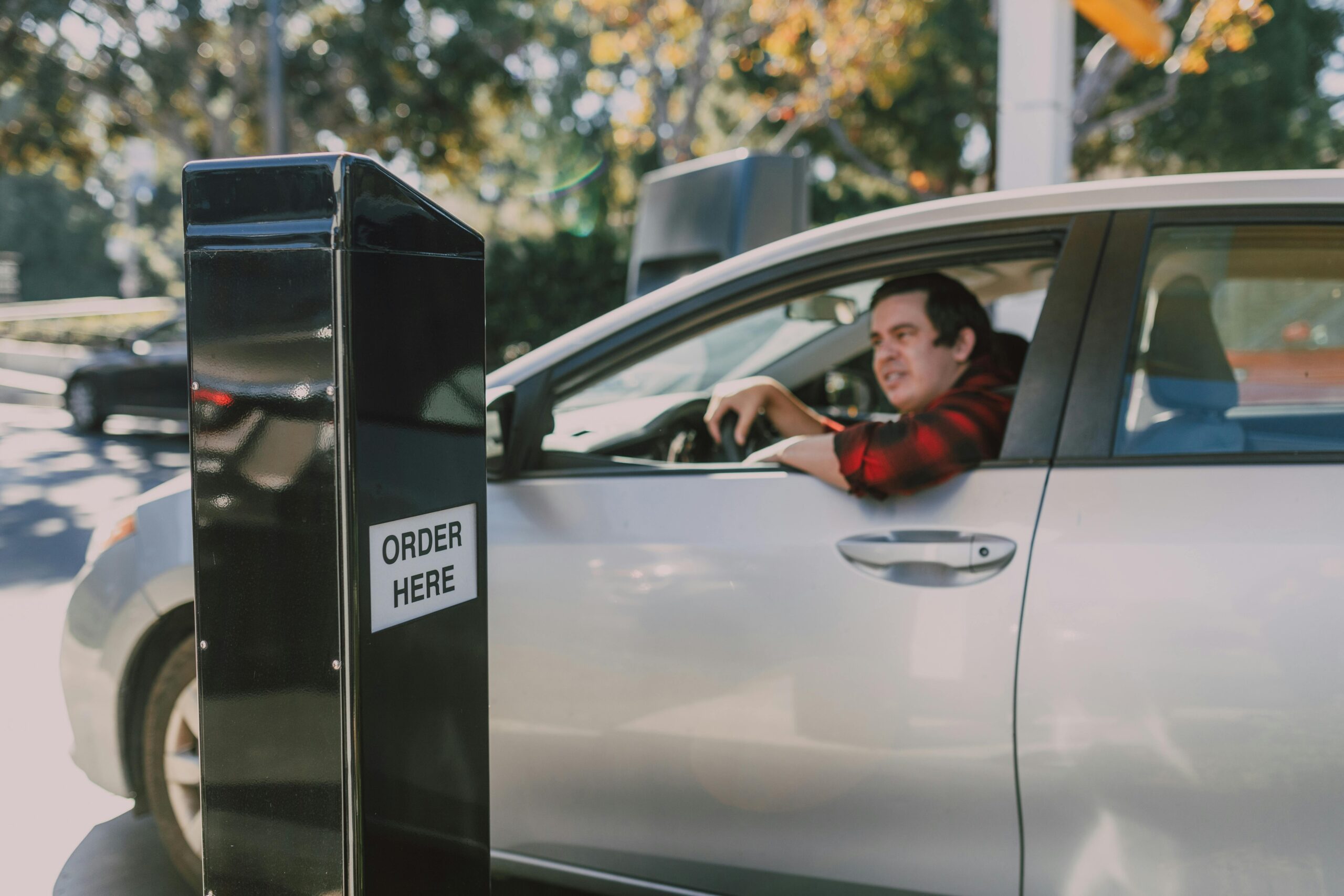Our smartphones have impacted just about every element of life and dining out is no exception.
From QR code menus to online ordering and reviews, consumers have grown accustomed to mobile components attached to restaurants.
“Modern-day consumers expect two things to have a great dining experience: convenience and instant gratification,” Alex Campbell, co-founder and CIO at Vibes Mobile Marketing Engagement Platform told The Food Institute. “A mobile-first approach is key to meeting this demand, allowing restaurants to engage customers in real time and provide the personalized experience that’s expected.”
Here’s a closer look at what that experience might look like in the years to come:
MOST IMPORTANT MOBILE FEATURES
Some mobile features are more important than others to consumers.
“WiFi is number one, for sure,” said Bo Peabody, executive chairman at Seated. “Restaurants should make it very easy and even give an incentive for guests to join their WiFi network. From there they can introduce a host of other mobile features.”
Peabody noted that mobile QR code menus can be valued by consumers if they offer accurate pictures of dishes, adding that general QR code menus can be seen as a hassle to diners, though most are okay with it.
“I don’t think it plays a part in their decision to visit or not visit a restaurant, but if value is added like pictures or more elaborate descriptions, it will be seen as a plus.”
QR code scanning is expected to increase year-over-year by 10% in 2022, following a jump of 15% last year and 25% in 2020 according to Insider Intelligence. Meanwhile, the National Restaurant Association found that 68% of adults are likely to pay using contactless or mobile payment options if the restaurant offers them.
HOW MOBILE COULD BE CENTRAL TO DINING SOON
Mobile capabilities are only continuing to grow as time rolls on.
“Mobile ordering is the future of the dine-in experience,” said Bob Vergidis, founder of pointofsale.cloud. “We are all familiar with using our mobile devices to order food from home and bringing mobile to the dine-in experience is the next thing.”
Vergidis said the key will be doing so in a way that adds to the experience. “When people go out to eat, there is an expectation of service,” he noted.
“Diners want more control over their hospitality experience as long as it doesn’t detract from it,” Peadbody added. “Mobile is an effective way to achieve that.”
The idea of personalization will also be increasingly important with consumers.
“Restaurants can use mobile wallet to add a customer’s personal information in the content of a message or send them a promotion based on their own personal taste,” said Campbell. “This drives purchases by creating stronger relationships with customers based on personalization.”


